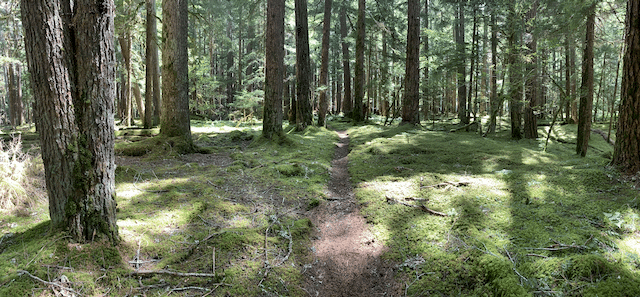The Purpose and Importance of Wilderness Areas
Wilderness areas, managed by the National Forest Service, are vital for preserving natural landscapes and ecosystems. Established under the Wilderness Act of 1964, these areas are defined as places where nature operates without significant human interference.
Purpose of Wilderness Areas
- Conservation: Wilderness areas are meant to remain undeveloped and free from human-made structures, preserving ecosystems and wildlife habitats.
- Recreation: These areas offer opportunities for non-motorized recreation such as hiking, camping, and wildlife viewing, allowing people to experience solitude and nature.
- Scientific Research: They serve as natural laboratories for studying ecosystems, climate change, and other scientific inquiries.
- Cultural and Historical Preservation: Many wilderness areas protect sites of historical and cultural significance.
- Biodiversity: These areas help preserve a variety of plant and animal species, including those that are rare or endangered.
- Water Quality: Wilderness areas often include critical watersheds that maintain clean water for downstream ecosystems and communities.
Rules and Regulations
To protect these areas, certain rules are enforced:
- Minimal Impact: Activities that could alter the natural environment, such as using motorized vehicles or building structures, are prohibited.
- Natural Processes: Natural events like wildfires and floods are generally allowed to occur without human intervention to maintain ecological balance.
- Low-impact Recreation: Visitors are encouraged to follow Leave No Trace principles to minimize their impact on the environment.
Mushroom Picking Restrictions
Mushroom picking in wilderness areas is subject to strict regulations:
- Prohibited Areas: Gathering, harvesting, or collecting mushrooms is prohibited inside legislated wilderness areas, research natural areas, experimental forests, and other administratively closed areas.
- Permits and Regulations: Outside of these restricted zones, specific regulations and permits may apply. In many national forests a person can pick mushrooms recreationally without a permit, or by requesting a free permit through the National Forest website. Search for forest products permits, or check with local forest service offices for detailed information.
- Sustainable Practices: If permitted, only pick what you need and avoid overharvesting to maintain healthy mushroom populations.
Benefits of Wilderness Areas
Wilderness areas provide numerous benefits to humans:
- Recreational Opportunities: They offer a peaceful escape from urban life, allowing people to enjoy outdoor activities in a natural setting.
- Health Benefits: Spending time in wilderness areas can reduce stress, improve mood, and promote physical fitness through activities like hiking and camping.
- Educational Value: These areas are valuable for environmental education and scientific research.
- Cultural Heritage: Preserving wilderness areas ensures future generations can experience and appreciate their historical and cultural significance.
Wilderness areas are among the very few areas in the United States that have limited human activity. While picking is prohibited in Wilderness areas, these areas can still benefit the mushroom enthusiast by providing large areas of forests with limited human impact. These areas can provide a reserve for biodiversity, forests protected from logging, and serve as natural laboratories for studying the health and evolution of forests with limited human interaction.

